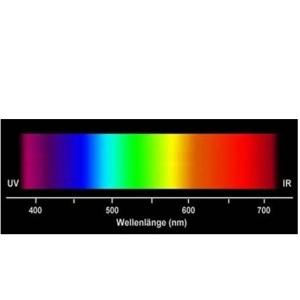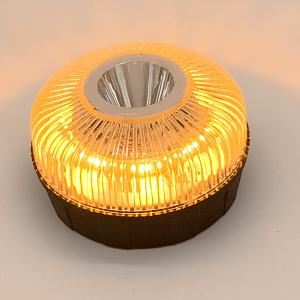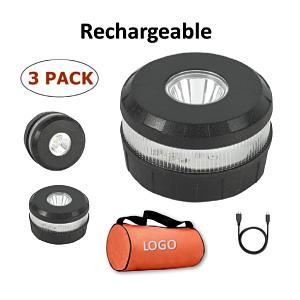Warning Light Maintenance Guide: How to Extend Lifespan and Keep High Brightness
Introduction
Warning lights are essential safety devices used in road construction, traffic control, emergency response, and outdoor worksites.
However, exposure to dust, rain, and vibration can gradually reduce their brightness and reliability.
Proper maintenance not only extends their lifespan but also ensures consistent performance and safety.
This guide shares practical maintenance knowledge to help you keep your warning lights in optimal condition.
1. Why Regular Maintenance Matters
LED warning lights work in tough environments, and without care, they can suffer from:
-
Dimming brightness
-
Shorter battery life
-
Water or dust ingress
-
Circuit or LED failures
Regular maintenance helps to:
-
Extend the product’s lifespan
-
Maintain stable brightness and flashing patterns
-
Reduce replacement costs
-
Improve safety and reliability
2. Basic Maintenance Steps
Cleaning
-
Wipe the housing and lens with a soft cloth and mild detergent.
-
Avoid alcohol or strong chemical cleaners that may damage the surface.
-
Gently clean the transparent cover to prevent scratches.
Waterproof Inspection
-
Check if the rubber sealing ring is aging or loose.
-
Ensure the charging port and switch covers are tightly closed.
-
Avoid spraying high-pressure water directly at the light.
Battery Care
-
Recharge every 1–2 months, even during storage.
-
Avoid over-discharging; charge as soon as brightness drops noticeably.
-
Store with 40–60% battery at 10–30°C for best longevity.
-
Always use original or certified chargers.
LED and Circuit Check
-
Inspect if the light flashes properly and the brightness is even.
-
If flickering or color distortion occurs, seek professional inspection.
3. Tips to Extend the Lifespan
-
Rotate the mounting position regularly to avoid one-sided sun exposure.
-
Store in a dry, cool environment when not in use.
-
Use a dustproof or waterproof storage bag.
-
For solar-powered models, clean the solar panel periodically for maximum efficiency.
4. Recommended Maintenance Schedule
| Maintenance Item | Suggested Frequency | Key Action |
|---|---|---|
| Surface Cleaning | After each use | Remove dirt, water stains, and dust |
| Waterproof Check | Monthly | Inspect rubber seals and ports |
| Battery Maintenance | Every 1–2 months | Recharge and test capacity |
| Brightness Test | Quarterly | Check light intensity and flash mode |
| Full Inspection | Every 6 months | Comprehensive test and clean |
Conclusion
Though small, a warning light plays a big role in safety.
Consistent cleaning, waterproof checks, and battery care are the secrets to keeping it reliable for years.
Keep your lights shining bright — because safety should never fade.




